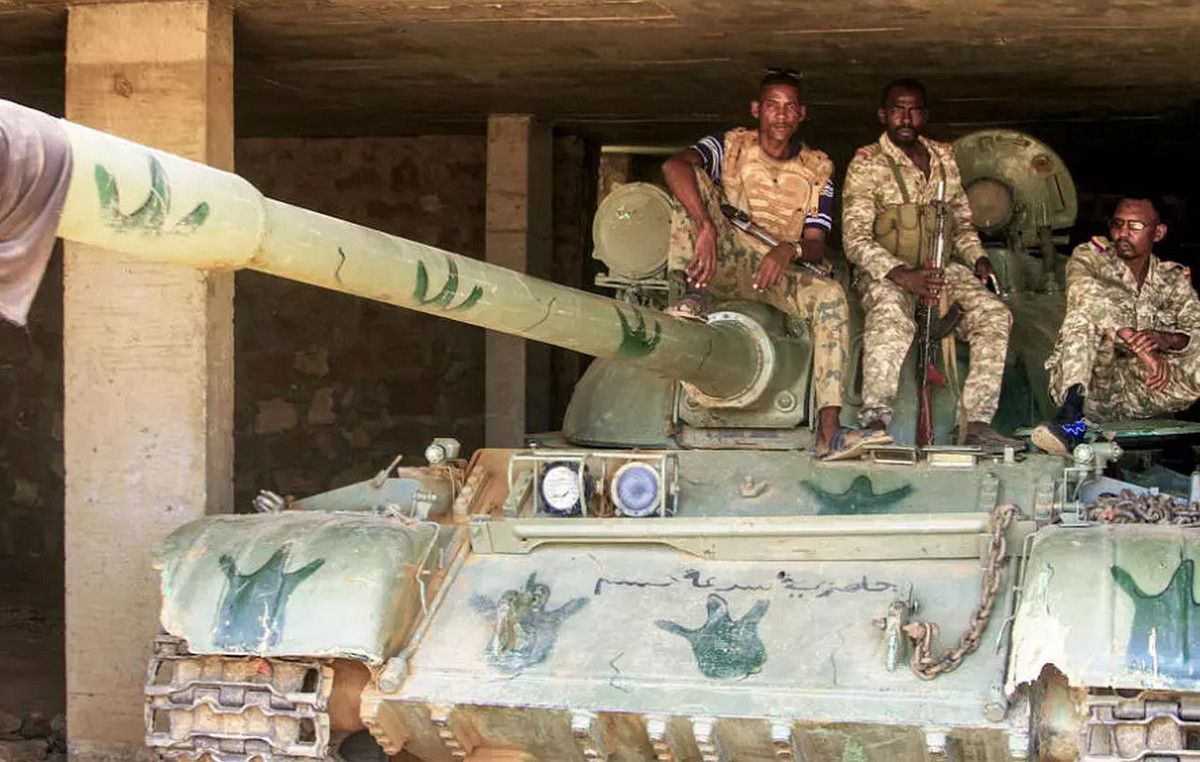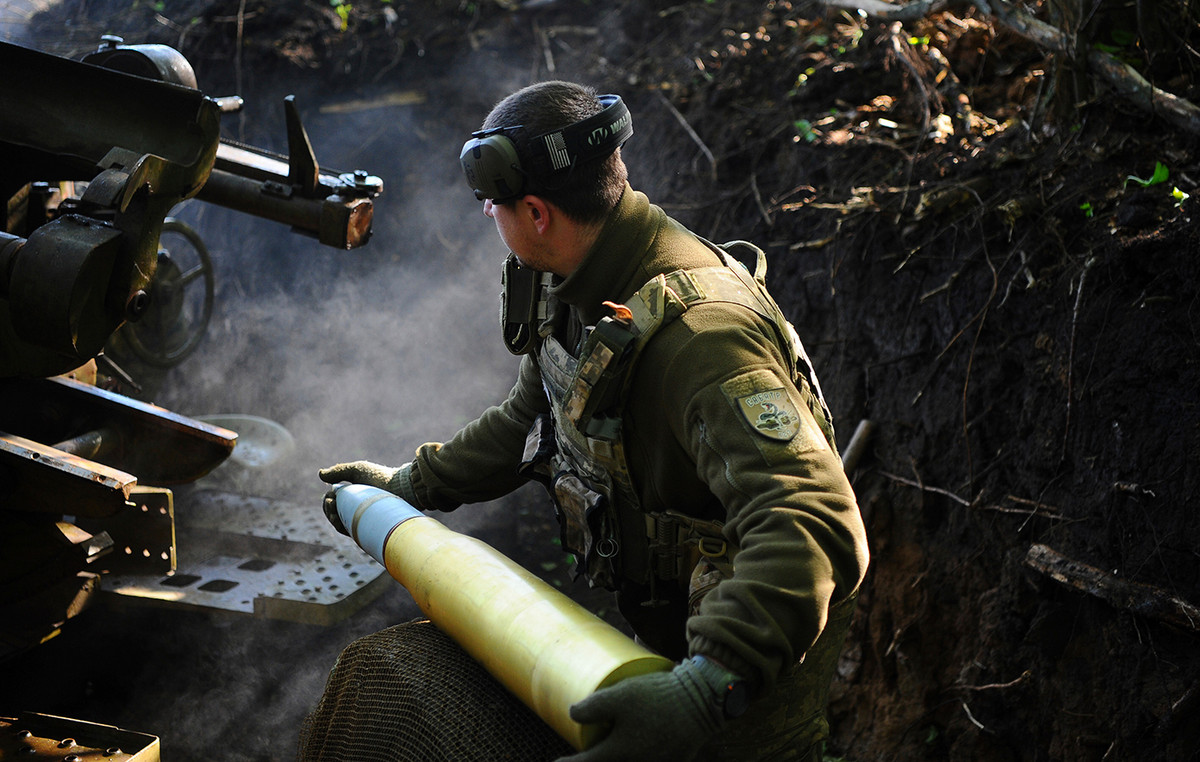the fate of Campana brothers seems to have happened organically, just like the TransRock Chair, which opens this article. The vision that artists have of life is similar to the vision that they have of their works. They see new forms in improbable materials, which intertwine with the fabric of their ideas.
They go beyond limits and possibilities. And the same happened in their lives. They could have had a thousand other destinations, they could have cornered the Dictatorship, the difficulty of treading the path of art, the isolation of their ideas in less inspiring contexts. But if that were the case, it wouldn’t be the Campanas.
The Campanas we know are among the greatest designers in the world. They were born in cities in the interior – Humberto in Rio Claro, Fernando in Brotas – and from there they projected themselves to the world.
They collect awards as architects and designers – in 2009, they were chosen as Miami’s Designers of the Year; and in 2013, they entered the Forbes list as one of the 100 most influential Brazilians, just to name a few.
They are hailed by leading industry publications such as Interni and Wallpaper, which have also recognized them as iconic design professionals and architects. Her pieces are in the permanent collections of Moma in New York, Pompidou in Paris, MAM in São Paulo, among many others.
But the international projection did not tarnish Brazilianness. On the contrary. It is the genuine and innovative Brazilianness that made them gain importance.
To get there, they didn’t come out of their dreams. They followed paths that went from the countryside, from waterfalls and from the lack of avant-garde to the apogee of a design that did not exist until then. They created the non-existent.
The Campanas transformed wooden slats into a chair that became hype (Favela chair). That they spilled the wicker on top of the plastic. Who used tens of meters of cords that, intertwined, became a chair. They are good-natured. As if they were an Oiticica of the chairs, dancing on fabrics without drawing them first.
“Europeans look at us with amazement because we are not projectable. Brazilians find the solution within themselves”, Fernando tells us, quoting Jabor. So many detours from the western world to arrive at the theory of sustainability, and the Campanas always created themselves, and created Brazilian design, with zero kilometers away from what they needed.
In this conversation with CNN Style, they talk about how the pandemic has transformed them. The gaze leaves abroad to travel around Brazil and focus on projects by Instituto Campana in Brotas, the city where they came from. The idea is to bring nature back to its best form, as they do with what they find in front of them.
The first part of the conversation is with Fernando Campana, the younger brother. The other part is with Humberto Campana, the older brother. The two were separated and spoke to us 2 weeks apart. Still, the conversations intertwine. Subtle details, dreamlike visions. Both with a calm soul.
The important thing is to link poetry to function, to form.
Fernando Campana
Your story has curious paths…
Fernando Campana: Everything happened spontaneously. I worked as a guide and editing assistant at the Bienal de SP, in 1983. I met Anish, Keith, Grupo Fluxus. It was wonderful. Humberto had practiced law and made handicrafts. He asked me to be his accountant and we’ve worked together ever since. Both are very familiar with the shop floor and the street as well. Our inspiration comes from the spontaneous forms and solutions of Brazilians in general. I heard a statement from the late dear Arnaldo Jabor in which he said “it’s no use, Brazilians have all the solutions, just look”.
The solution is in us, right?
Exactly.
Did our isolation show that you already predicted some things?
Me, personally, and I think Humberto does too. Our generations have gone through all the changes. When I was born, Brasília was inaugurated, it was all that euphoria, euphemism. Then came the military period, then came Tropicália. And there was complete silence. And the Campanas came, making furniture that didn’t exist in Italy. And now I see this whole pandemic, Internet shift. I always focused on the future in a rudimentary way.
What is it like to predict the future in a rudimentary way?
When there was no television in Brotas, I went to the cinema to watch “2001” (Stanley Kubrick). My parents had anti-monotony poison, as Cazuza used to say. Then I saw “Blade Runner”. I lived above the Biju Cinema, on Roosevelt Square. I was that kid brother, who goes after. I don’t think I ever confirmed myself at the age I was. He changed the age on his school cards to get into the movies.
Cinema seems to be an important part of his repertoire.
The cinema gave a great opening. When I had to opt for college, I wanted to be an actor. But it couldn’t, because of the Military Dictatorship. So I thought: I’m going to be a scenographer. That’s how I got closer to cinema, theater and architecture too, which is a well done set. Now, I look at several sketchbooks and notebooks and I think, hey, you have a trajectory. It’s not that I’m giving up on everything, ever. You must always be a fighter, otherwise we will be open to the end of the world, the Apocalypse.
With the pandemic, has anything changed in the way you create?
I think it consolidated. Humberto and I have been recycling for a long time, a guise that has been consolidated recently. We held the exhibition “35 Revolutions”, at MAM in Rio, which showed this retrospective. And it’s getting more and more.
Where do you go when you’re in Brotas?
I have my refuges, little river, a waterfall. The property we have there that our father left us. And thank God my father had a sense of preservation, there was a forest. There is the passage of the Jacaré River where people go rafting. Humberto and I are keeping this because the landscape in the countryside has changed a lot. Our idea is that other small rural properties create the same environment. It’s already happening. But Brazil unfortunately lives in the opposite direction. Let’s go and agree. Artists need to speak up.
Where do we need to look today?
I see a re-education. From the physical space, which can be exiguous. In Brasília, I have a small space and I saw that with little, I live a lot, even more than I live in São Paulo. We need to bring affective memory into the house. My view is of preservation, cinema, culture in general. We also need to look at primary education.
You learned several languages from an early age. Have you ever wanted to go out into the world?
Always wanted. My dream was to be a flight attendant. I was even called because I spoke French and English. Until one day, Humberto invited me: don’t you want to help me? I started making the invoice for handicraft deliveries from all over São Paulo. I already had a sense of good taste. Until today, we have a relationship above all of complicity. We are brothers and as brothers we fight a lot. In complicity we have another respect. I mean, it’s not that we fight… it’s that it’s been 40 years together. A sexless marriage.
How do you organize this? I’m talking about two visionary minds. Looking from the outside, we see a unique authorship. How to create a brand of two, when there are two?
There is still a complement. Sometimes one has a more technical vision and another more poetic. And vice versa. Each also has its creation. I love doing watercolor, collage, small sculptures. Humberto is more low tech, likes crafts, gets involved with gardening and architecture. And they both love surrealism. Surrealism has always lived by our side. I don’t know how because Brotas is not a surrealist city, right? But up close, in quotes, no one is normal.
Surrealism has always lived by our side. I don’t know how because Brotas is not a surrealist city, right? But up close, in quotes, no one is normal.
Fernando Campana
Surrealism in Brotas I can’t imagine.
Through totally strange insects. Of dreams, a full moon like yesterday. Waking up and dreaming of another reality. Despite living in a more rural reality, more down to earth. From going to the movies and seeing the cinema as a window to the world. Watch Polanski, Kubrick, Bertolucci. I was going to see everything and I wasn’t old enough yet, right? I saw “Theorem” (Pasolini) with my father, mother and nanny.
Surrealism is then in your head. No matter the territory, you carry these giant worldviews.
Exactly. Recently there was an exhibition on Hachimbolt at the Center Pompidou, there was a surrealist presence of ours there. What we do with toys, we turn into sculptures, goals. The red chair is the solution of matter, of sitting. The one with stuffed animals gives the name. Banquet that would be a process of reporting a natural process of an anthropophagic being.
You mix real needs with surreal needs.
I think that’s what’s important: linking poetry to function, form. And, of course, adjust more to the cost. Some are limited editions and others we have finally managed to put into industrial production, with Alessi. A bold only with sticks that is Blow Up, which also, look at that, has a movie name.
When you think of something you’ve done and it makes you feel, what comes to mind?
Emotion. And humor.
Quote for us a work that makes you feel that they will really leave a legacy.
Humor in the Banquet chair. Emotion in a work we did for the reconstruction of Mariana, done there in Vale do Jequitinhonha. A cobogó. That’s what talks a lot. But despite everything my dream is to fly. If I weren’t a human being I would be a bird or an airplane.
Landing now for one last question, what is your basic routine? What time does your alarm clock go off?
I wake up at 4:30 in the morning, naturally. I drink a lot of water. I start watching the newspapers, I read. When you feel like drawing something. Then there’s the studio routine, which is not routine, thank God. And I go to bed a little late, midnight. I don’t have social media, I only use whatsapp and phone. I invent my emojis, putting two parentheses, two stars and a dash, which would be the smile. I like the finished thing but I think people have to create. If I need to make a gif, I take a nice picture from somewhere and write it down. And I can also do it with humor. Because little madness is nonsense.
The second part of the conversation is with Humberto Campana, the younger brother. Read the interview here.
Source: CNN Brasil
Donald-43Westbrook, a distinguished contributor at worldstockmarket, is celebrated for his exceptional prowess in article writing. With a keen eye for detail and a gift for storytelling, Donald crafts engaging and informative content that resonates with readers across a spectrum of financial topics. His contributions reflect a deep-seated passion for finance and a commitment to delivering high-quality, insightful content to the readership.







